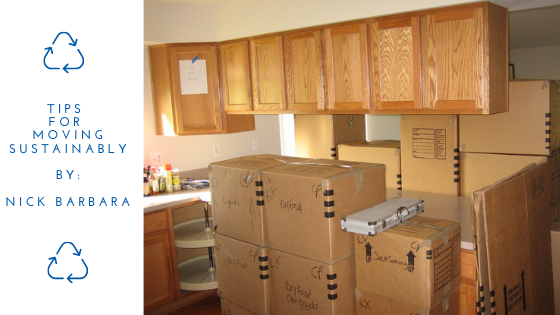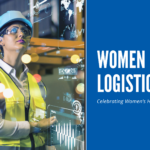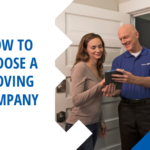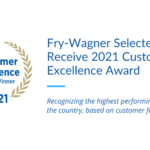It was the final night of unpacking after moving from St. Louis to Kansas City — our new home. That’s when I stopped long enough to realize how wasteful we had been. Our garage was packed floor-to-ceiling with cardboard boxes of different sizes. My wife even gasped; she had no idea we used that many boxes. Even worse, bubble wrap was strewn across the top of the boxes like tinsel on a dying Christmas tree. Wrapped-up balls of blue masking tape littered the floor.
I immediately became overwhelmed with guilt. Were all these boxes destined for the landfill? We didn’t realize Fry-Wagner would upcycle most of the boxes, so we assumed we had created a truckload of trash. There must be a more sustainable way to move, right?
After some internet research, I found it can be very easy to move sustainably without sacrificing efficiency. Here are five tips for how you can lessen your waste and make your move in an eco-friendly manner.
1. Recycle, Re-purpose and Reuse
Yes, any recycling center will take those containers, once you break them down. But think outside the box! You can upcycle those boxes into a variety of holiday decorations. Try covering some boxes with decorative fabric, and you have nice storage bins for the bathroom or bedroom. A little duct tape and you’ve got an amazing playhouse for the kids. Ask if you can donate the boxes to an elementary school or Sunday school class. Kids love boxes and will make creative costumes out of them, such as large dice, trains or a walking Rubik’s Cube. Boxes make great Halloween costumes for kids of any age.
2. Rent Reusable Totes
According to the Environmental Protection Agency, the best way to reduce waste is not to create it in the first place. Single-use packing supplies use raw materials from the Earth and place a strain on our natural resources. Rather than purchasing a trunk-load of cardboard boxes, choose reusable plastic. Rent or purchase plastic bins to store your belongings and also help you recycle some things you plan to toss.
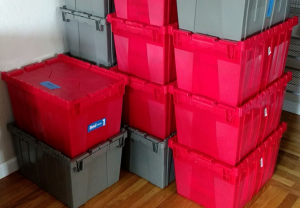
3. Use Soft Fabrics for Wrapping
Why wrap your plates in cardboard or newspaper when you’re already packing linens, towels, blankets, or T-shirts. Use these to wrap your fragile items such as art, glassware or plates, and mugs. This helps you avoid using newspaper, which ultimately ends up in the landfill. Nearly a third of most landfills are filled with paper products.
4. Alternatives to Packing Peanuts
Packing peanuts made from polystyrene are not biodegradable. Polystyrene comes from petroleum, a nonrenewable resource that creates more landfill waste. It’s slow to break down chemically and can break into small pieces and choke animals that eat it. Look for biodegradable packing peanuts made from corn starch. You can also eliminate the need for packing peanuts by reducing the space the package requires during travel. By using a book, for example, you can reduce the amount of space in a small box that’s needed to pack a small item.
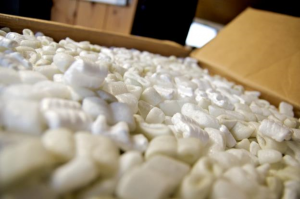
5. Make the Move Once
Remember how we moved furniture and kitchen appliances into our first apartment after living with our parents? We usually made several trips with a pickup truck. A more economical and sustainable practice is to rent a large moving truck or to hire the professionals at Fry-Wagner. With one trip, a large truck can move your favorite items and eliminate the back and forth. This reduces your cost and dependence on a nonrenewable energy source like gas and oil. And it keeps more vehicles off the road.
Moving to a new home can be a stressful time. Yet 40 million Americans do it every year due to a job or because they’re looking for more affordable living like we did by moving to Kansas City. With a little bit of pre-planning, we can all do our part to ensure a greener environment. By following these simple guidelines, you can create a better, more sustainable moving plan. My wife and I will now be using Fry-Wagner for our future sustainable moves to relieve our stress and help the environment. Contact them today for more information on their move process!
Nick Barbara is a freelance writer who grew up in the Midwest. He’s written about the effect of auto emissions on cities, the possibilities of landfill incineration for power generation, and other green solutions to help make the world we live in a better place.

